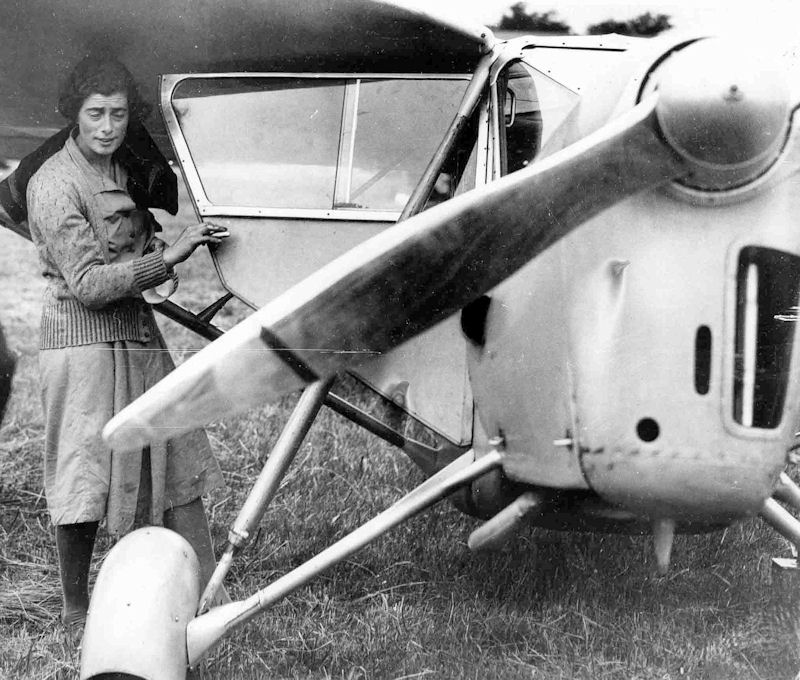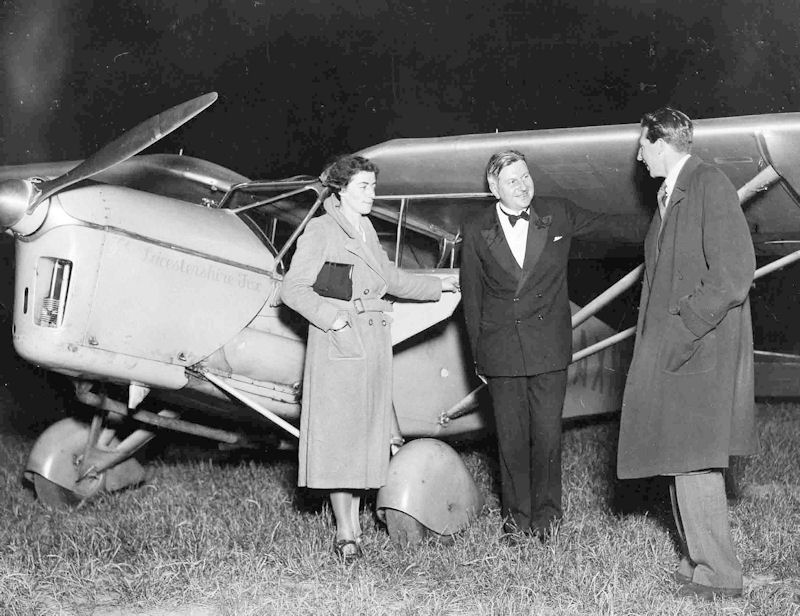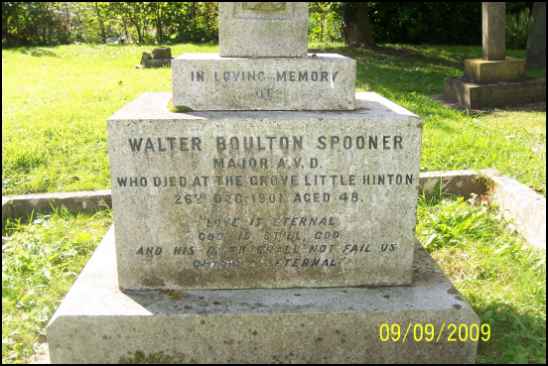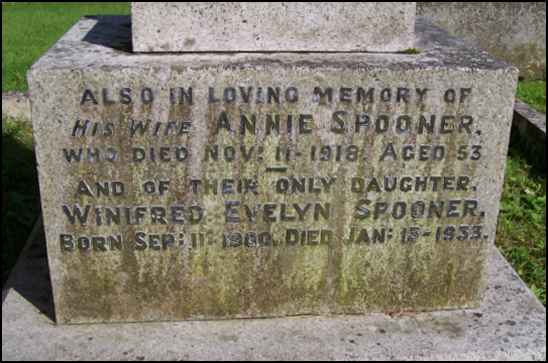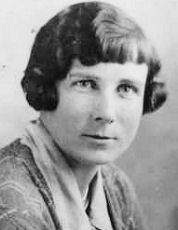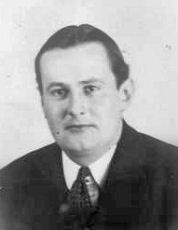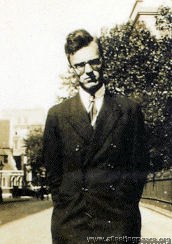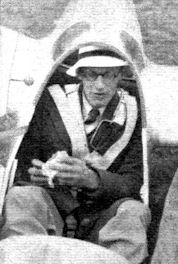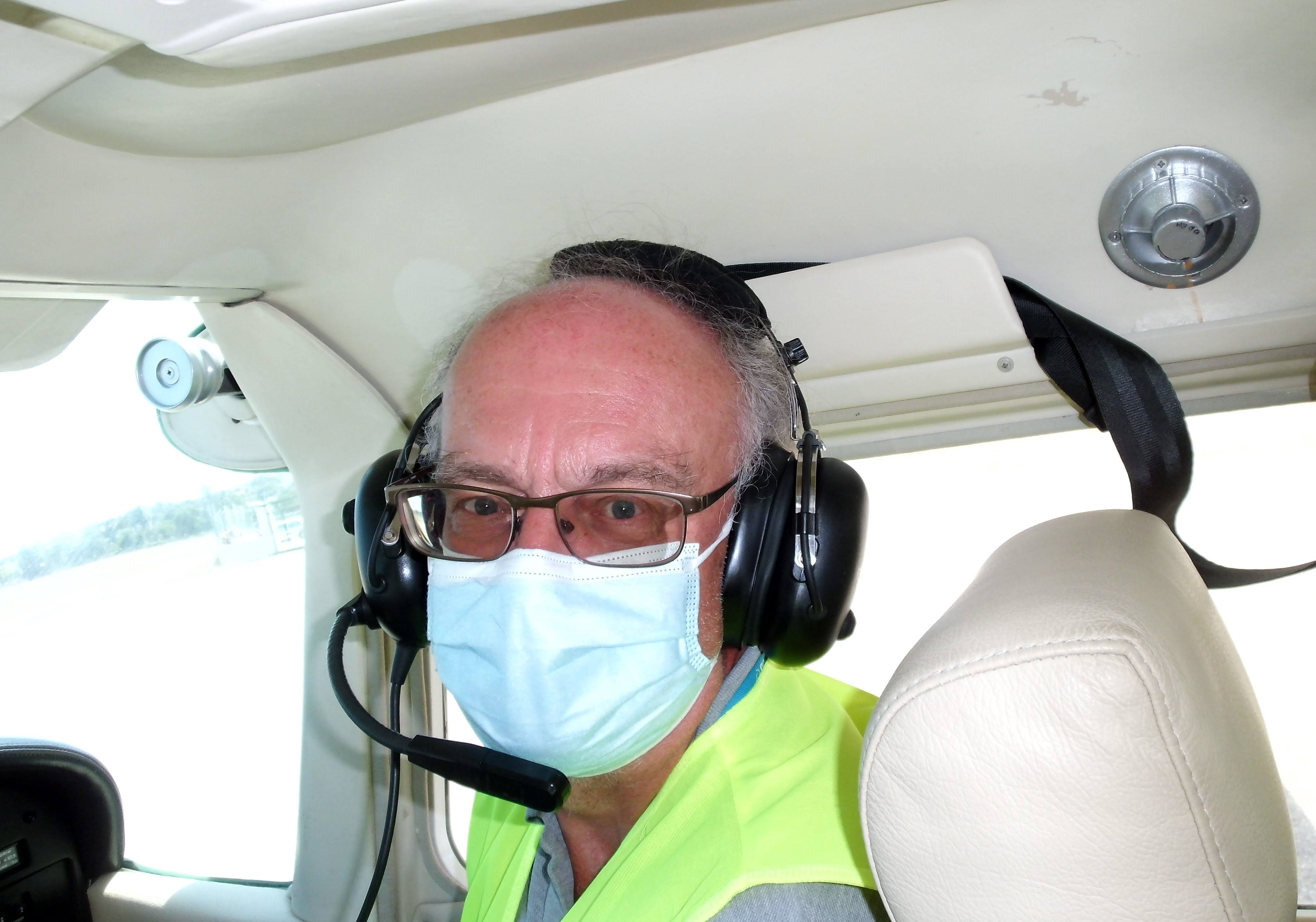|
The Heston Spring 1930 Flying Cruise to Germany Edith Chalmers, Adelaide Cleaver, Sir Sefton Brancker, Rosalind Norman and Connie Leathart before the start [Sir Sefton Brancker, the Controller of Civil Aviation, was killed in the R101 crash a few months later]. "The tour, which started from Heston on Thursday morning, April 17, merits quite a large amount of thanks from the British Aircraft industry because probably there is nothing which could have been done at the present time which will so successfully bring before all those interested on the continent, the fact that our aircraft are eminently suitable for journeys of comparatively long range. The entire party had lunch on board the Graf Zeppelin at Friedrichshafen, and were shown over the Dornier Do. X. The visit to the Wasserkuppe Gliding School had to be cut out owing to the weather." "the Easter party from Heston ... was received with the utmost cordiality and friendliness during the recent tour of Europe. Whatever may apply to the general public, the aviation folk of the different countries entertain nothing but the greatest goodwill towards each other, and that is why we welcome sincerely and enthusiastically such visits as that of the Graf Zeppelin [it appeared over Wembley Stadium, to less-than-universal acclaim], and such tours as that of the Heston party. The more we have of that sort of intercourse with each other, the less likelihood is there of any traces of unfriendly feelings remaining." l to r: Rosalind, Harald, ?, Nora, Adelaide, John, Sefton, Ivor, Valentine, Geoffrey, Edith, ?, Harry, ?, Philip, ?, Archibald, Walter, Connie (click to enlarge)
|
|||||||||||||||||||||||||||||||||||||||||||||||||||||||||||||||||||||||||||||||||||||||||||||||||||||||||||||||||||||||||||||||||||||||||
|
The 1930 Ralleye Aerien
Susan Slade and Adelaide Cleaver, amongst the crowd. Gordon Selfridge was there, of course... "On Saturday and Sunday, May 17 and 18, the Chateau d'Ardennes, near Dinant, was the scene of a very successful 'Aerial week-end,' which was organised by the Brussels Aero Club. The aerodrome, which is rather under a mile from the chateau in an E.S.E. direction, is somewhat tricky, and even some of the well-experienced visiting pilots were glad of the cordon of helpers who were drawn up ready to help them on landing, and prevent them running into the far hedges. The party of about 20 machines, of which a large percentage was from England, gathered at Brussels on Saturday morning, where they were entertained to lunch by the Aero Club, after which they left for the Chateau. In the evening there was dinner, with a dance afterwards. The following morning was spent in seeing the Chateau and its beautiful grounds, and after lunch the visitors departed. Among those who attended from this country were Lady Bailey, Mrs. Cleaver, Miss Slade, Miss Spooner, and Messrs. Norman, Muntz, McClure, Wills, and Cubitt. Quite a wide range of machines was to be seen from a Belgian Handley-Page, down through St. Huberts, Moths, Avians and Bluebirds, to an old Caudron, of about the year 1914." Nigel Norman's Moth, G-AAHI, on the left |
The Aviators |
|
Geoffrey Hill Ambler CB CBE AFC LLD DL
|
||
|
b 23 Jun 1904, a 'worsted spinner' from Yorkshire Inventor of the Ambler Superdraft System of Spinning, which (you'll have to trust me on this) accelerated production of worsted yarn, and a serious oarsman in his youth: Henley Royal Regatta crew member (Shrewsbury School) in 1922, and then in the 'B' crew for Cambridge (Clare College).
Geoffrey is 4th from left, shown here during practice for the 1922 University Boat Race but he didn't quite make the final team in 1922 or 1923, briefly had to stand down in March 1924 as he "showed signs of developing a boil", but came back and helped Cambridge win a surprise victory in the 1924 Race. Oxford "completely went to pieces and were beaten very badly indeed". He was then elected Hon. Sec. of the Cambridge University Boat Club, and rowed in two more Cambridge victories: the 1925 race (when Oxford capsized), and 1926 (when Jumbo Edwards, in the Oxford boat, stopped rowing because 'he hadn't trained properly' - The Times reckoned he was a stone overweight), later becoming President of the Club. [In 1926, both Jumbo (HRA) and ECT Edwards were in the Oxford crew]. Joined the RAFVR in 1931 (608 North Riding(Bomber) Sqn); Sqn Ldr from 1934, until Geoffrey Shaw took over on 30 October 1938. Wing Commander from January 1940. Married Phoebe Gaunt in June 1940; they had 3 daughters. Air Commodore until 1943, when he became Deputy Senior Air Staff Officer at HQ Fighter Command. Retired as Air Vice Marshall and rejoined Fred Ambler Ltd, eventually becoming Chairman. Joined Martin's Bank as regional director in 1951, then Grout & Co in 1959. d. 26 Aug 1978 |
|
F/O (later Flt-Lt) (Sir) Richard Llewellyn Roger Atcherley KBE, CB, AFC
|
||
|
Batchy', twin brother of David, b. 12 Jan 1904 1929 Schneider pilot and later Air Marshall in the RAF and Chief of Air Staff for the Pakistan Air Force. Put on a bit of weight later on, and ended up as Sales Director for Folland Aircraft. Died 18 Apr 1970. |
|
Hon. Lady Mary Bailey Royal Aero Club Certificate No. 8067 (26 Jan 1927) |
|
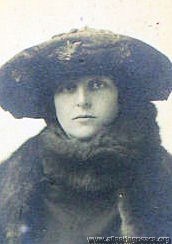 1927, aged 37 1927, aged 37 |
1930, aged 40 |
|
The Hon. Mary Westenra, b. 1 December 1890 in London but brought up mainly in County Monaghan, Ireland. Her family's home was Rossmore Castle, which was a grand affair built in the 1820s, with turrets, a vast drawing room and servants' quarters, not to mention about 20 cottages on the estate:
Here she is, with her brother Willie, and parents (Mittie and Derry) on a set of steps by the house, in 1913:
I visited County Monaghan in 2014 and asked in the local museum if they knew where the house was. 'Oh yes' they said, 'but it was demolished forty years ago'. It seems that it became severely infested with dry rot in the 1940s, was abandoned and, indeed, demolished in 1975. Anyway, here's all that's left of it now:
Mary married South African mining magnate and white suprematist politician Sir Abe Bailey in September 1911 (so, she was 21, he was nearly 47; his first wife had died in 1902 and he already had two children). They then had five more children - 2 boys and 3 girls. She learnt to fly at the London Aeroplane Club in 1926. She was the first woman to fly across the Irish Sea 'by the long route' from Chester to Dublin, the following August. The following March (1928) she began a solo tour to Cape Town, via Malta and then Cairo. Here, her plane was locked away by order of the Governor-General of the Sudan to prevent her from continuing alone, so she contacted Dick Bentley (who had flown to the Cape a few weeks before) to escort her in his own aeroplane over the "dangerous area of the southern Sudan". She then crashed in Tanganyika, writing off her aeroplane (she said it was her fault), but Abe made arrangements for a replacement Moth to be delivered from Pretoria and she continued, despite having 'flu. Abe was there to meet her when she arrived at the end of April. The return journey was made via the western 'French' route - the Belgian Congo, Angola and the French Congo. She finally arrived back at Croydon on 16 January, 1929, 10 months after she left. It was "undoubtedly one of the finest performances ever put up by a woman pilot." Lady Bailey was "so modest, so vague and so charming", and was "surprised that anyone should make a fuss about her journey". A Director of National Flying Services in 1929, (with Frederick Guest, Colonel the Master of Sempill, Alan Cobham, etc); she was also awarded the Brittania Trophy by the Royal Aero Club, and then made a Dame of the British Empire in 1930 for "services to aviation".
At the Chateau d'Ardennes in 1930
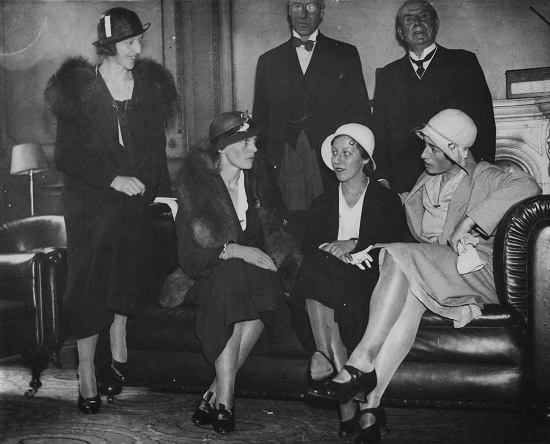
She was a guest at Amelia Earhart's reception at the Royal Aero Club in May 1932.
In early 1933 she gave everyone a scare by disappearing for several days on another solo flight to Cape Town; thankfully, she had only got lost, run low on fuel and landed safely in the Sahara. [Bert Hinkler, who disappeared at about the same time, was killed in the Alps]. She then flew back to England and almost immediately went down with a bout of typhoid, but recovered in time to compete in the King's Cup later in the year.
After that, she concentrated on looking after their horses, giving and attending loads more balls and receptions, and marrying off their many children. When Abe died in 1940, she settled near Cape Town (still keeping a house in Rutland) and died there 29th August 1960 aged 69.
Lady Mary's aeroplanes were: a 1926 DH.60 Moth (G-EBPU), a 1927 DH.60X Moth (G-EBSF, the one she crashed in Tanganyika), the replacement DH.60X Moth (G-EBTG, which Abe bought in Nairobi); a 1928 DH.60G Gipsy Moth (G-AABN); a 1929 DH.60G Gipsy Moth (G-AAEE) and a 1930 DH.80A Puss Moth, G-AAYA.
|
|
|
Capt Valentine Henry Baker MC AFC
|
||
|
b. 1888 In 1931, chief instructor at Heston Aerodrome. "Baker founded the air school at Heston and it became the most famous flight school in the United Kingdom. During his career as an instructor in England, Baker personally taught many notable pupils, including Edward, Prince of Wales, Lord Londonderry of the Air Ministry, Lord Lloyd, Amy Johnson,Prince George, Duke of Kent, and Grace Marguerite Hay Drummond-Hay. In 1934, Baker left Heston to join his friend James Martin to found the Martin-Baker Aircraft Company, where Baker was the company's test pilot. Killed 12 September 1942; "during a test flight of the Martin-Baker MB 3 prototype, the engine seized and he was forced into an emergency landing, during which the aircraft struck a tree stump and he was killed. Baker's death affected his partner deeply, so much so that pilot safety became Martin's primary focus and led to the reorganisation of the company to focus on ejection seats." |
|
Violet Baring Royal Aero Club Certificate 8932 (17 Dec 1929) |
||
|
|
||
|
b. 1900 b. Violetta Mary Archer in Reading, "A niece of Lady George Dundas, of Newmarket, and also of the Marquess of Zetland." Married Richard Baring in Jan 1921 but 'divorced him'. Violet was killed in July 1931 when she and her 'old friend' Philip Noble (to whom she had just sold the aeroplane) crashed in G-EBYK while attempting a forced landing near Wokingham, Berks: "The woman pilot, who was well-known in Society, and her passenger, a director of Lloyds Bank, who was also an enthusiastic flyer, were killed instantly; both receiving terrible injuries." John Dennis Turner (q.v.), who said he was engaged to be married to Violet, identified the body and gave evidence at the inquest. Her house at 23 Earl's Court Square, London, was for sale 'at a low price' by the following January. |
||
|
Mr John Reginald Bryans
|
||
|
b. 16 Jun 1906 in Kent, a Naval Officer Royal Navy Sub-Lt in 1928, Lt in 1929, and a (not very successful) amateur tennis player. Left the Navy and married Dame Anne Margaret Gilmour, daughter of Sir John Gilmour, in 1932. A Director of British Continental Airways in 1936; they operated a service between Liverpool, Doncaster and Amsterdam, and from London to Stockholm. Resigned from the board of British Airways, rejoined the Navy and was promoted to Lt-Cmdr(Emergency) in October 1937. Later, Chairman and MD of Bryans of Mitcham, Surrey; in 1962 he wrote to The Times: "As an exporter, I humbly submit it is high time everyone stopped talking about a fair basis for British industry to export, and got down to some action". From 1964, a Director of Seltronic Group. d. Jul 1990 in London |
|
Mrs Edith May Chalmers
|
|||||
|
Adelaide Franklin Cleaver
|
||
|
b. Adelaide Pollock in Northern Ireland in c.1885, the daughter of the Minister of Finance. Adelaide (a.k.a. Mrs Hylton Spenser Cleaver) spent 3 months in 1929 flying to India and back, in her DH60G Gispy Moth G-AAEA. She was piloted by Captain Donald Drew, of Imperial Airways, and arrived back at Croydon on June 10th. Here they are, lunching in the desert:
They had travelled as far as Egypt with Leonard Slatter, who was flying his newly-delivered Bluebird to Cape Town. She didn't get her RAeC Certificate until June 1930, so I suspect he did most of the flying on that trip. However in Ocotber 1930 she made probably her greatest achievement - her flight from New York to Hollywood in her Moth, which she took with her on a steamship. In July 1933, she was responsible for a "well-organised Flying Display which was held at Aldergrove Aerodrome, Co. Antrim. Her avowed intention was to stimulate air-mindedness in Ulster, and from the number of spectators who went to see the Display there is little doubt that she succeeded. We gather that from every point of view it was a great success." In 1934, Mary de Bunsen wrote that "Mrs Spencer Cleaver makes the usually fatiguing journey to Northern Ireland three or four times a year in her own aeroplane, and, fitted with extra tanks to save refuelling during the day, it has many times enabled her to breakfast in London, shop in Paris from 11 to 1, and return in plenty of time for dinner at her house in London." She owned: a 1929 DH.60G Gipsy Moth, G-AAEA, which she sold to Venetia Montagu; a 1930 DH.60G Gipsy Moth G-AAVY, which she sold to Lady Howard de Walden; a 1930 DH.80A Puss Moth, G-ABFV, and a 1933 Percival D.2 Gull Four IID, G-ACIP.
d. 14 August 1939 at Cooden, Sussex 'after a long illness', aged 54. |
| William Partridge 'Pat' Cubitt | ||
|
|
|
|
|
b. 26 Oct 1898, Bacton, Norwich A Farmer, of 'Bacton Abbey', Norwich In July 1931, the owners of the Norfolk and Norwich Aero Club decided that they would like to "repay a little of the hospitality they had had from the hands of other private owners of other clubs. Some forty aircraft arrived from all parts of the country, and were welcomed by Messrs Gough, Surtees, Brett and Cubitt, bunches of tickets were shoved into their hands, and they were told to jolly well enjoy themselves ... which they did!! On the Sunday they went over to Pat Cubitt's place at Bacton on the coast, and were treated to a picnic lunch on the sand dunes. d. 14 Dec 1955 leaving £48,748 5s 5d (having inherited about £62,000 in 1929) |
||
| Roderick Peter George Denman | ||
|
|
||
|
b. 1894 A descendant of William the Conqueror, apparently.
With the cast of 'The Blue Squadron' in 1934 - l to r: John Stuart, RPG Denman, 'Doc' Salomon (Studio Manager) and Greta Hansen. http://en.wikipedia.org/wiki/The_Blue_Squadron_%281934_film%29 A Civil Servant (Board of Education) who then worked for Airwork - by 1936, a director of Heston Airport. He seems to have specialized in wireless equipment. M.A. (Cantab); member of the Old Etonian Flying Club; he was also a member of 'the Listeners', who won a spelling bee against the BBC in 1938. He was one of the few people who made no mistakes! Later a Lt-Col in the Royal Corps of Signals. Killed in WWII; 20 November 1941 in Libya, aged 46. |
||
| Lord Malcolm Avondale Douglas-Hamilton OBE DFC | ||
|
|
||
|
b. 1909, the third of four brothers involved in aviation before, during and after WWII.
In 1932, Flight reported that "The amphibian service between the Clyde and Belfast was opened on August 13 when the new flying-boat Cloud of Iona made the first trip. The passengers included Lord and Lady Malcolm Douglas Hamilton." He was granted a commission as a Flying Officer in June 1932, in 603 (City of Edinburgh) (Bomber) Squadron, Auxiliary Air Force. Later a Wing Commander / Acting Group Captain during WWII who, with his second wife Natalie Winslow, founded the American Scottish Foundation after the war. Died 1964 in a flying accident in Cameroon. ------------ Malcolm's younger brother David was killed in WWII when he crashed just short of RAF Benson to which he was returning from a mission in a Mosquito; his elder brother George married ATA pilot Audrey Sale-Barker (q.v.), and finally his eldest brother Douglas flew over Everest and later became an Air Commodore in the RAF - it was he who handed Rudolph Hess over to the authorities.
Here is Douglas, getting ready to go on Lady Houston's Everest expedition in 1933:
|
||
| Archibald Havergal Downes-Shaw | ||
|
|
||
|
from Bristol b. 29 Dec 1884 Chairman of the Bristol and Wessex Aeroplane Club, Ltd; later Sir Archibald. Served in France, Salonika and North Russsia in WWI. Member of Bristol City Council from 1931; alderman in 1936. d. 4 Sept 1961 [His father (also called Archibald), was an Anglican clergyman and missionary in East Africa between 1881 and 1888; in 1889 he transferred to Mauritius where he was appointed as "chaplain of Vacoas and Black River". In 1882 he had married Amy Havergal [hence Archibald Jnr's interesting second name], but Amy died in Mauritius in 1890 and Archibald Snr was invalided back to England, recovering enough to marry Alice Montagu in 1893 and have 3 more children.] |
||
|
Constance Ruth Leathart Royal Aero Club Certificate No. 8085 (18 Mar 1927) |
||
|
|
||
|
b. 7 December 1903 in Low Fell, County Durham; known as 'Connie'. "Five foot three and of generous proportions" (Lettice Curtis);
[Check] "a very experienced pre-war racing pilot and ... looked like George Robey" (Mary du Bunsen). [I'm not so sure this is fair ... here's a picture of George Robey for comparison:
Hmmm...] "One of the first 20 British women pilots to obtain the RAeC certificate" [Amazing - as Connie got her certificate No. 8,085 in 1927, 14 years after the first woman pilot Hilda Hewlett - but true; she was only the 12th woman to get an RAeC certificate]
l to r Edith Chalmers, Adelaide Cleaver, Sir Sefton Brancker, Rosalind Norman and Connie before the start of the 1930 Heston Spring Flying Cruise to Germany In the late 1920s and early 1930s, with Leslie Runciman (q.v.), she ran Cramlington Aircraft, a company which repaired damaged aeroplanes. She also designed and flew her own glider.
Leslie Runciman and Connie (centre) She was educated at Cheltenham Ladies College, and then Ethelburgas School back in Newcastle. By 1939, her mother had moved to Ottery St Mary in Devon, but Connie was still in the north-east, at Morpeth in Northumberland. In December 1939, aged 35, working in the map department at Bristol Airport, she applied to join the Air Transport Auxiliary (ATA). Her experience at the time was over 700 hours, making her one of the most experienced women pilots in the UK, so she started as soon as they could sort themselves out (Pauline Gower was only allowed to take on 8 women to begin with) ... which turned out to be August 1940. She was 'W.13' - the 13th woman pilot taken on by the ATA. Air Transport Auxiliary in WWII --- The Times wrote "She continued flying until 1958 when, reluctantly, she finally disposed of the last of her aeroplanes. Connie Leathart remained a reserved, private person who shunned any form of publicity. In a sense this was a pity as many of her feats went unremarked. In retirement she farmed in Northumberland, where she bred Kyloe cattle [actually, it seems that "she did not breed Kyloe cattle; she did once have a couple of them, but both were bullocks"] and raised sheep. An accomplished horsewoman throughout her life, she continued into her fifties to ride regularly to hounds with the Morpeth and Tynedale hunts. She never married." A friend of hers tells me: "I knew her for the last 20 years of her life, she was my parents' employer and my grandparents' before them. An amazing and eccentric and very kind lady." Died 4 November 1993 in Northumberland, aged 89 ... and John G D 'Jack' Armour (q.v.), who was her first flying instructor in the ATA, was her cousin(!) Connie owned
the 1922 Sopwith Grasshopper (WO 2698, G-EAIN, the only one ever built, which she acquired in 1928), a 1927 DH.60 Moth (G-EBRX, later PH-KLG), a 1929 Westland Widgeon IIIa (WA1776, G-AAJF), and a 1932 Comper Swift, G-ABUU. |
||
| Walter Dugald MacPherson | ||
|
|
|
|
|
b. 30 Jun 1901 in London a solicitor d. 1991 |
||
| Ivor Herbert McClure DSO | ||
|
|
|
|
|
Educated at Eton and Harrow and Oxford and Cambridge. Joined the Royal Engineers as a motorcycle despach rider in 1914; Captain in the Intelligence Corps in WWI (DSO in Jan 1918); also a playwright and performer as part of the '5WA Radio Players'. His plays include 'GHQ at Kwang-Loo', 'The Fog in the Bog', 'Disclosure (a thriller, with O Wyndham)', and 'The Man who saw the Future (a comedy)'. He and Sidney St Barbe, in a D.H. Moth, started a tour of 14 European countries in July 1927, and flew to France, Spain, Italy, Yugoslavia, Austria and Hungary. However, as they tried to take off from Budapest on 6 August, "their machine went wrong" and they crashed, "breaking the wheels of the aeroplane" but escaping unhurt. He invented, and then became the first Director of, the Aviation branch of the Autombile Association (hence his Moth's registration G-AAAA), a Member of the Aerodromes Advisory Board, and Deputy Chairman (with Nigel Norman) of the Civil Aviation Section of the London Chamber of Commerce. CG Grey reckoned that he had "an innate love of law, order and decency". |
||
| Frederick 'Alan' Irving Muntz | ||
|
|
|
|
|
b. 7 Jun 1899 Co-founded Airwork Ltd with Nigel Norman in 1928; this company was instrumental in opening Heston Aerodrome the following year. Married 3 times; firstly to Mary [Harnett] with whom he had 3 children, then in 1934 to Lady Margaret Frances Anne Vane-Tempest-Stewart (1910–1966), daughter of the 7th Marquess of Londonderry and then, in 1948, Marjorie Mary Helena Strickland. d. 7 Mar 1985 |
||
| Mrs. Mary Lee Muntz | ||
|
|
|
|
|
Mary Lee Harnett as was, Alan Muntz's first wife, with whom he had 3 children. She married Sydney John Folley in 1947. |
||
| Sir Henry Nigel St Valery Norman CBE | ||
|
|
|
|
|
b. c.1898. From Rendcomb, Glos. Always known as Nigel; from 1939, 2nd Baronet of Honeyhanger, later Air Commodore Sir Nigel. Co-founded Airwork Services with Alan Muntz at Heston.
Killed in WWII: 19th May 1943, on a flight from St Mawgan, buried Rendcomb, Glos. |
||
| Miss Rosalind Laura Norman | ||
|
|
|
|
|
b. 1908 Nigel's sister Rosalind was a regular on the Court Circular, attending endless weddings, dances, balls, luncheons, etc, etc. In December 1931, Rosalind accompanied Commander Sir Walter and Lady Windham on their trip to Ceylon; she met them at Marseilles, and "after visiting Ceylon spent some time visiting friends in India." In August 1933 she made another flying tour, to Poland and Germany. She 'quietly' married Aubrey Burke in February 1936, becoming Lady Burke, and they had two daughters and a son. From her obituary: "Lady Rosalind Burke, a glamourous aviatrix in the halcyon inter-war years of private aviation who became an extraordinary aircraft factory manager during the second world war, has died aged 86. Her zest for aviation came from her brothers, who had all taken up flying, and she gained her private pilot's licence at Heston, the aerodrome founded by her brother Nigel (later Air Commodore Sir Nigel Norman). During the early thirties, she took part in many of the fashionable private aero events throughout Europe. She also possessed a remarkable practical flair, making model aircraft in her home workshop, and going on to create the largest model aircraft factory in the country.
She met and married another aviator, Aubrey Burke, at Heston in 1936 (he had flown the Atlantic by R100 airship in 1930 and joined Imperial Airways in 1935). They also joined forces in business as Burman Engineering (the name being an amalgam of their surnames), and began to provide full-scale aircraft components. At the outbreak of war, he joined the civil repair organisation of the Ministry of Aircraft Production set up to restore battle-damaged aircraft. She kept up her reputation for the rapid supply of accurate aircraft parts, matching female labour and the production capacity of her several factories. She perceptively recruited volunteers for what became known as the IPP (Immobile Part-time Production) through radio broadcasts and lecture tours, with the allure of making a real contribution to the war effort. She also instituted an imaginative scheme for reducing aircraft assembly-line waste with numerous village-based groups retrieving and sorting many thousands of small items - nuts, bolts and rivets - from the sweepings of factory floors or the debris of blitzed factories. She was an energetic, inspiring leader, taking her three young children round this network with her, the youngest in a carry-cot. By the end of the war, the Burman factories had the commendable record of two million man/woman hours worked, and over 150 million components delivered. Post-war, she devoted her attention to her family and travelled extensively with her husband as he rose to become chairman of the de Havilland Aircraft Company and vice-chairman of the Hawker Siddeley Group. She also helped him to build up a pedigree herd of Guernsey cattle. Rosalind Laura Burke, born February 20, 1908; died April 1, 1994." |
||
| Harald Peake | ||
|
|
|
|
|
b. 28 Oct 1899 in Yorkshire, a "Director of Limited Companies" Air Commodore (later Sir) Harald Peake, post-WWII Director of RAF public relations and later chairman of Lloyds Bank and the Steel Company of Wales. Harald only got his aviator's certificate on the 28th April 1930 (after returning from this tour), so that, perhaps, explains why he took along RLR Atcherley, probably one of the most famous and experienced aviators of the time, to help him fly his new plane! His wife, Felicity, was the founding director of the Women's Royal Air Force. d. 1978 |
||
| Walter 'Robert' Dempster Perkins | ||
|
|
|
|
|
b 3 Jun 1903 in Boldre, Hampshire, an Engineer Sir Robert Perkins; went to Eton and then Trinity College, Cambridge. Director of Messrs Roy Dempster, Manchester. He had "a wide circle of personal friends (which included Lyndsey Everard MP), and... [was] a keen politician". He was, in fact, in charge of the erection of a large gasholder near Heston Airport in 1933. Became a Conservative MP (for Stroud 1931-1945) and was instrumental in the setting up of the British Airline Pilots Association (BALPA) in the late 30s. Parlimentary Secretary to the Ministry of Civil Aviation during WWII; in October 1944, he married Nigel Norman's widow Patricia, in Westminster Cathedral. MP for Stroud again from 1950-55. Knighted in 1954. In 1954, following the accidents to the DH Comet airliner, he handed in a motion to the House of Commons stating "That this House will regret the proposal of BOAC to buy American airliners". He urged them to buy Britannias instead... Subsequently Charirman of Southern Newspapers, and a director of Southern Television. d. Dec 1988 in Salisbury, Wilts. |
||
| Dr Edward Whitehead Reid | ||
|
|
|
|
|
b. 22 Jun 1883 in Canterbury Kent A GP (as was his father). "He had a fine athletic figure, and was a good all-round athlete". In WWI he served as surgeon in the Duchess of Westminster Hospital in France, and later in Egypt. Taught to fly by pilot friends, he bought his first plane (G-EAFH, an Avro 504) in 1922, then the same year acquired the first privately-owned SE5a (G-EAZT) before swapping it for another (G-EBCA) which he then raced in the 1923 Aerial Derby. This latter aircraft was somewhat underpowered at the time and apparently could only just reach 65mph. (He finished last, even on handicap). He bought his first SE5a for £30 from an enterprising mechanic who had been given 5 war-surplus ones to smash, but instead carefully took them apart, piled them up to look "like firewood", bought the lot for a fiver at auction and then carefully re-assembled them. He housed his aircraft in his own hangar on his own aerodrome, flew to "just about every air meeting of importance", and often took part in races. He was a friend of the novelist Joseph Conrad, and in 1927 recalled him saying after his first flight that flying was easy "compared to rounding Cape Horn in a sailing vessel in a storm". But then, apparently Conrad said that about everything, except writing a novel. Later, a Flight Lieutenant with 601 (County of London) Bomber Squadron and President of the Kent Gliding Club. d. 20 Oct 1930, aged 47, near Maidstone, Kent after he crashed during an attempted forced landing in his Westland Widgeon II G-EBJT 'Wendy'. He and his passenger, 21-year old Irene Burnside, were returning from a gliding exhibition and had run into bad weather. She was killed outright, he died a day later from his injuries. |
||
| Hon Walter Leslie Runciman OBE AFC | ||
|
photo: 1928, aged 28 |
|
|
|
2nd Viscount Runciman of Doxford, from Newcastle-upon-Tyne; after Eton and Cambridge, joined his dad's shipping firm, then Imperial Airways. First Director-General of BOAC, Commodore of the Royal Yacht Squadron, OBE, etc, etc; died 1989 His sister, Margaret Fairweather, was killed in WWII serving in the ATA. See https://www.ata-ferry-pilots.org/index.php/category-blog-1940/81-fairweather-margaret-mrs |
||
| Harry Gordon Selfridge, Jr | ||
|
|
|
|
|
b. 2 Apr 1900 in Chicago, known generally as 'Gordon'. Son of Harry Gordon Selfridge Snr, the founder of Selfridge's department store in London; his mother, Amelia 'Rose' Buckingham, died of pneumonia in 1918. Gordon had 2 older sisters - Rosalie and Violette, and a younger sister Beatrice. Harry always regarded Gordon as his natural successor. The children had a privileged upbringing during the years that Selfridge's was doing well - travelling frequently back to Chicago, or to St Moritz for skiing; cycling around London, playing tennis or learning judo. Gordon was a pupil at Winchester, then got a degree in economics at Trinity College Cambridge. His father was apparently unimpressed with Gordon's liaison with a pretty girl called Charlotte Elsie Dennis, from the Toy Department in his store; Charlotte and Gordon eventually had four children (three of whom got PhD's), but Harry Sr simply refused to acknowledge the relationship. Anyway, at 26, Gordon became MD of Provincial Stores Group (part of the Selfridge's Empire) and bought a new DH Moth to get around. This he crashed into a tree, whereupon his father insisted that he sell it (to Oscar Garden as it happens, who used it to fly solo to Australia). And he bought a speedboat. And then another plane. "He was constantly photographed beside a combination of a plane, a boat, or a beautiful woman"; he comes across as, let's be frank, a rich, spoilt, playboy. Gordon continunued to be well-known in all the best aviating (and lunching) circles throughout the 1930s - e.g. in June 1932, "Miss Amelia Earhart was entertained to luncheon at Heston by Mr. Gordon Selfridge, Jnr. Among Mr. Selfridge's party at lunch were Sqd. Ldr. and Mrs. Orlebar, the Hon. Leo Russell, Mr. and Mrs. Nigel Norman and Mr. and Mrs. R. Denman. After lunch Mr. Selfridge flew Miss Earhart to Brooklands' display in a 'Puss Moth', several private owners accompanying them in their machines as escort. Later in the day Miss Earhart returned to Heston, again being piloted by Mr. Selfridge."
A typical jaunt - the Easter Flying Tour, in 1931: Harry (3rd from right) with others including Flt Lt MacIntosh, H Jackaman, R Denman, JC Parkes, Leslie Runciman, Whitney Straight, and HH Leech.
With Rosalind Norman at Heston in 1933 - The Bystander However, after his father lost control of the Selfridge's Empire in 1939 and it became clear that there was no place for him in the new setup, Gordon returned to the U.S., finally married Charlotte (yes, her from the Toy Department) in Illinois and thereafter continued to work as a "retail executive" for Sears Roebuck.
d. 30 November 1976 at Red Bank, New Jersey, aged 76. |
||
| John Lister Shand | ||
|
|
|
|
|
The son of His Honour Sir Charles Lister Shand and Lady Shand; he married Ruperta Sibyl Bromley, daughter of Sir Robert Bromley, 6th Bt. and later the Hon. Lilian Pauncefote, on 3 June 1924, but they divorced in 1933. He later married Enid Chauvin. Joined the RAFVR in WWII, was promoted to Acting Flt-Lt in February 1941 but was killed 16 June 1941 on active service in the Middle East, and is commemorated in Cairo's War Memorial. His mother was killed in an air raid on Bath in April 1942. |
||
|
Eleanor Isabella 'Susan' Slade Royal Aero Club Certificate No. 8405 (16 Sep 1928) |
||
|
in 1928 |
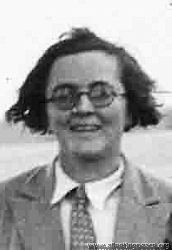 |
|
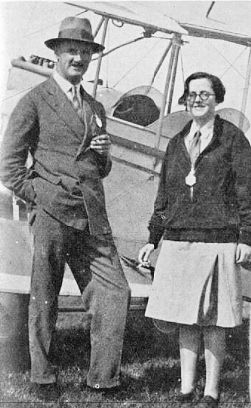 with George Lees at the Leicester Air Pageant, 1929 with George Lees at the Leicester Air Pageant, 1929 |
The Bystander Special Aviation Edition, 1933 |
|
|
b. 10 January 1904 in Hong Kong
"The popular secretary of Airwork, Heston Air Park - Miss Eleanor Slade"
"Efficiently managing the day-to-day business [of the King's Cup] was dynamic little Susan Slade... herself a pilot of considerable ability who has her own Moth". C G Grey
In Holland, with Lyndsey Everard et al On one flight with her elder sister Betsy in 1938 over Germany, having missed their destination, they came down at the Berchtesgaden; Herr Hitler was away at the time, but the servants gave them a conducted tour.
Rallye Aerien, Chateau d'Ardenne 17-19 May 1930 with Adelaide Cleaver She won the first All-Ladies Race at Sywell, Northants in September 1931 (the Hon. Mrs Victor Bruce was second). Air Transport Auxiliary in WWII
Even with her perceived limitations as a pilot, Susan Slade was a hard-working and trusted administrator, and an extraordinary, talented and much-loved lady.
r., with ??, Connie Leathart, Lady Runciman, HH Leech, Flt Lt Clarkson Susan lived at Mallard's Court, Stokenchurch and is buried in Stokenchurch.. She owned: a 1927 DH.60X Moth (G-EBSA), then a 1929 DH.60G Gipsy Moth (G-AAIW), and a 1931 DH.80A Puss Moth (G-ABLX). |
||
|
Miss Winifred Evelyn Spooner Royal Aero Club Certificate No. 8137 (11 Aug 1927) |
|
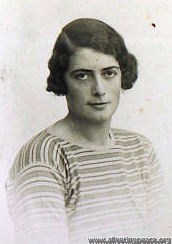 1927, aged 27 1927, aged 27 |
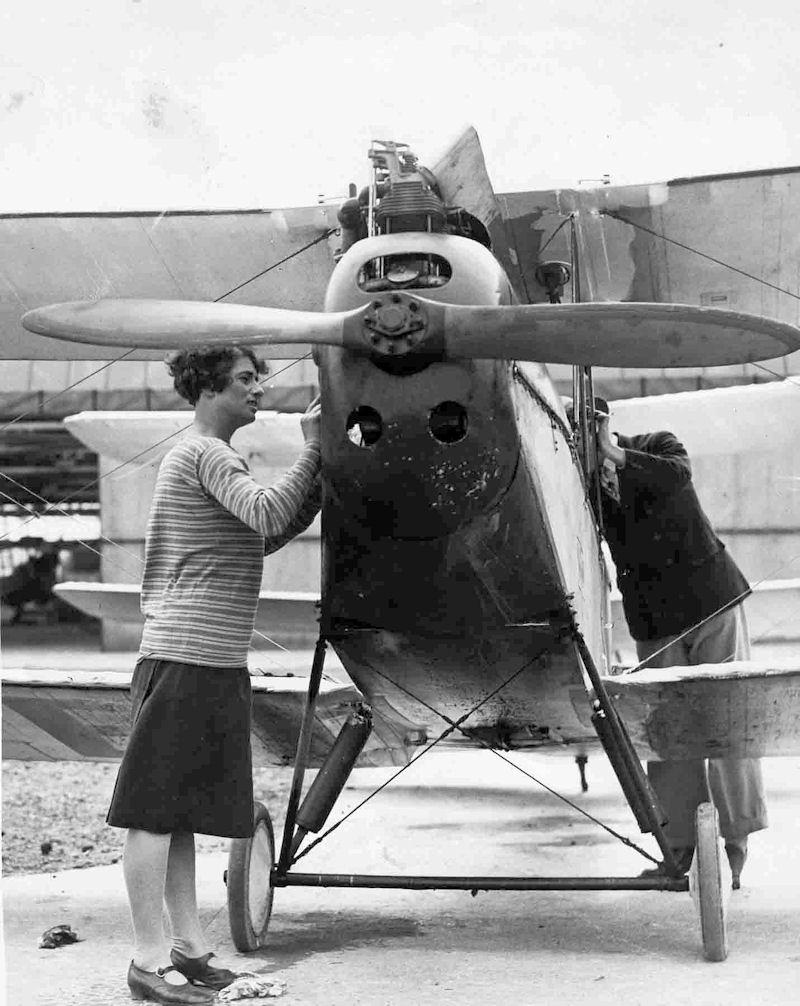 |
|
'Bad luck Wimpey' was one of the best-known women aviators of the time, and the one generally regarded as the best. She was awarded the International League of Aviation's Trophy for women aviators in 1929, and in 1930 Capt C D Barnard described her as 'the finest woman pilot in the world' (He went on to say that Lady Bailey was regarded as the 'second finest airwoman in the world', and we don't know what she thought about that...) Learnt to fly in 1926 and took it 'more seriously than most' - in her first race in April 1928, she won the Suffolk Handicap (21 miles at 78mph), ahead of Neville Stack and four other male rivals; she won the 'heavy' category in the Round Europe Contest for Touring Aircraft in 1930 - covering 4,700 miles at 102mph, ("a very fine performance indeed", said The Times) and also competed in the Ladies event at Reading (May, 1931) - the other competitors were Amy Johnson, Grace Aitken, Pauline Gower, Dorothy Spicer, Susan Slade, Gabrielle Burr, Christina Young, and Fidelia Crossley - a historic gathering indeed. Photo here
She soon took her 'B' (Commercial) Licence, and at one stage was the only professional woman pilot in the country. In September 1927 her first flight abroad was to Venice to support the British Team in the Schneider Cup in Venice. Alan Butler (with Peter Hoare as passenger), and Hubert Broad, who took Maia Carberry, also went and, in case you were wondering, "Mrs. Carberry wore a pale blue leather flying helmet to match the colour of her Moth aeroplane." She soon became regarded as 'one of the few women who matter in the air world'; in March 1928, when King Amanullah of Afghanistan was on a state visit to London, he inspected "the latest types of Imperial Airways passenger machines and a number of small Moth machines in private ownership. He carried on, through an interpreter, an animated conversation with Miss Winifred Brown, of Manchester, and Miss Spooner, of London, both of whom own and fly small two-seater machines." In the 'Woman's World' section of the Inverness Courier of April 1928, this description of Winifred appeared: "[she] has not flown for very long, for it was only about three years ago that I knew her in Cologne, when she then drove, instead of an aeroplane, a two-seater car, through the crowded streets of Cologne, at a speed which most people would have been terrified to attempt. She was always, however, extremely cool and composed, and though her passengers were sometimes nervous she never seemed so. She was always very sporting, and played an excellent game of tennis. A good-looking, typically English girl, she made many friends among the British army in Cologne when doing voluntary work with the Y.M.C.A. there. [Winifred was with the 'Army of Occupation' in Germany at the time]" She did have what she later described as her 'greatest air thrill' on Marlborough Common in May 1929; "she had been taking passengers up all day when, after one flight, she said she was not quite satisfied with the controls, and refused to take the next man until she had attended to the aeroplane. After doing so she started the propeller, and as she walked away from it the machine suddenly moved forward. Pluckily, Miss Spooner jumped and caught hold of the wing, her idea being to clamber into the cockpit and stop the engine. The machine quickly gathered speed, and she was dragged 40 or 50 yards [she later reckoned it was about 30 yards], when to the horror of the crowd the plane turned and buried its nose in the ground, hurling Miss Spooner some distance. She was unconscious. Doctors were sent for and she was taken to hospital. 'We thought she must have been killed,' an eye-witness told our representative." She was taken to Savernake Hospital suffering from a sprained wrist, cuts, and slight concussion. She does seem to have had quite a few run-ins with the local Constabulary; firstly in January 1929 for failing to keep her Alsatian dog under proper control (it had attacked another dog which "had no chance"), then in August 1929 for failing to produce a car driving licence (she said she had forgotten about it and flew to France the following day); then in 1931, she was fined £35 for leaving her motor car unattended and for failing to have lights on it. When she was told that she would be reported, she said: "I am used to it." A police-superintendent said there were no previous convictions recorded against her, as far as Reading was concerned. The Chairman then asked 'And none in the air? She replied 'There are no policemen in the air. That is why I like it.'" I'm certainly sorry I missed her talk, given in April 1928 at Harrods in Brompton Road, on "Flying as a New Delight for Womankind". Later, in the early thirties, she wrote for "Good Housekeeping" on, of course, "Flying for Women", alongside such luminaries as John Galsworthy, Kate O'Brien, and Hugh Walpole.
September 1929 saw her accompanying NFS's chairman Freddie Guest (q.v.) to Nairobi, to inaugurate an air taxi service and give flying lessons. They took 3 aeroplanes with them, and flew them back (via South Africa) in February 1930. She and E C T 'Cecil' Edwards tried to fly a Desoutter to Cape Town and back in December 1930, but this expedition ended up in a forced landing in the sea off southern Italy; Cecil and Winifred had to swim a couple of miles to shore.
She regularly competed in the King's Cup - coming 3rd in 1928 - and was a guest at Amelia Earhart's reception at the Royal Aero Club in May 1932.
She was personal pilot to Leicestershire M.P. Lyndsey Everard from February 1931 - they are seen here with Nigel Norman. And then, suddenly, on 13 January 1933, she was dead - not in an air crash, but as a result of a cold which rapidly worsened into pneumonia. Only few days before, in conversation with a friend, she had mentioned that her mother had died from influenza in 1918. "The deaths of both mother and daughter occurred with the same suddenness." They are buried together in Hinton Parva: see http://www.earlyaviators.com/espoone5.htm
She left £1,357 0s 8d, and her brother, Capt. Frank Vivian Spooner, Indian Army (retd) was appointed administrator. She hadn't got round to writing a will. There is a scholarship in her memory at Sherborne School for Girls. "In the passing of Winifred Spooner the world has lost a great woman... she stood out as a woman of indomitable courage". Winifred owned: a 1926 DH.60 Moth (G-EBOT), a 1928 DH.60G Gipsy Moth (G-AAAL, which she sold to Elise Battye); a 1930 Desoutter IID (G-ABCU - this is the aeroplane she and E.C.T. Edwards ditched in the sea off Naples in December 1930), and later a 1932 Breda 33 (G-ABXK), which was sold in Italy just 3 months before her death. Winifred's brother Tony was chief flying instructor at the Montreal Flying Club in 1931. He was killed in March 1935 in Egypt when piloting a D.H. 84 Dragon, SU-ABI belonging to Misr Airwork, when it was caught up in a sandstorm and both engines failed. |
|
|
Miss Nora Thornton Trevelyan Royal Aero Club Certificate 8901 (17 Aug 1929) |
||
|
|
||
|
b. 3 Jun 1902, from Wooler, Northumberland She owned a 1929 DH.60G Gipsy Moth, G-AAIB, but she crashed it at Renfrew following engine failure on the 15 May 1930; she and her passenger Mr Spencer escaped with minor injuries. She married William Eric Davies in July 1931. |
||
| John Dennis Turner | ||
|
|
|
|
|
b. 1904 in Rochdale, a stockbroker engaged to Violet Baring |
||
| Mr Philip Aubrey Wills CBE | ||
|
photo: 1928, aged 21 |
In 1939, setting the British gliding height record of 14,200ft |
|
|
b. 1907; he went to Harrow. a 'warehouseman' from London; pioneering, record-setting and record-breaking glider pilot at Dunstable. President of the British Gliding Association; Chairman of the Royal Aero Club; Director of Operations in the Air Transport Auxiliary during WWII - see https://www.ata-ferry-pilots.org/index.php/category-blog-1939/68-wills-philip later General Manager of BOAC. d. January 1978 aged 70. |
||
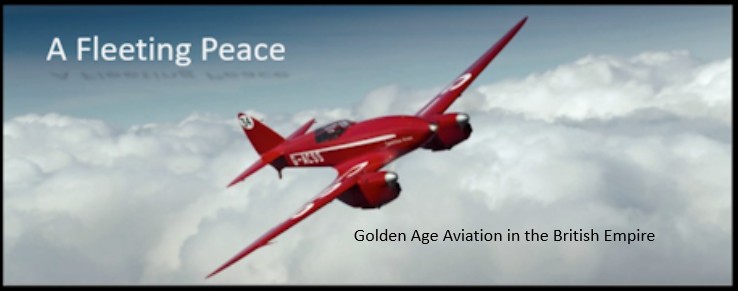
.jpg)
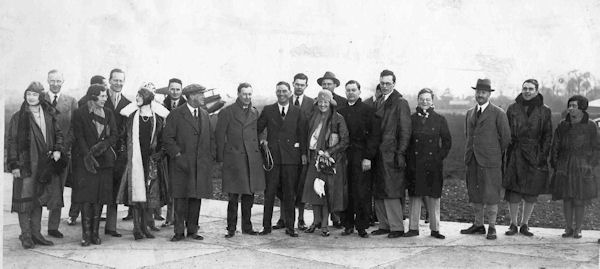
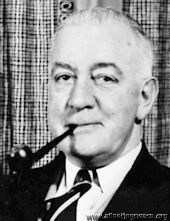
 This aircraft belonged to
This aircraft belonged to 
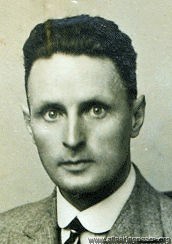
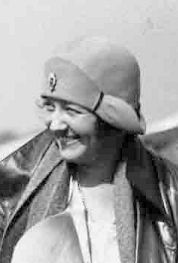
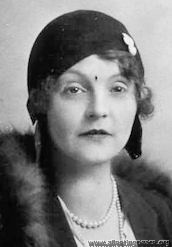
 Klemm L26 aII
Klemm L26 aII

 DH.60G Gipsy Moth
DH.60G Gipsy Moth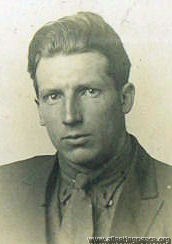


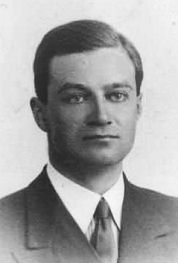





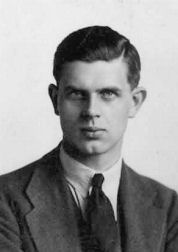

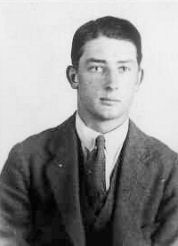

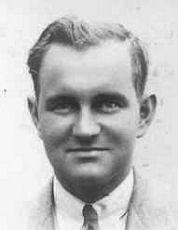

 DH.60X Moth
DH.60X Moth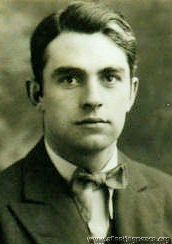


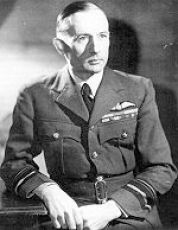
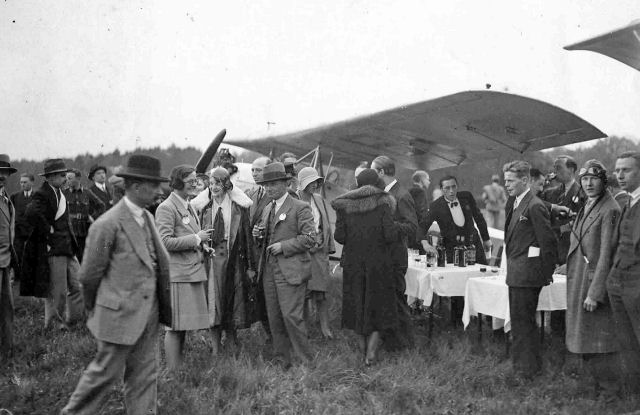
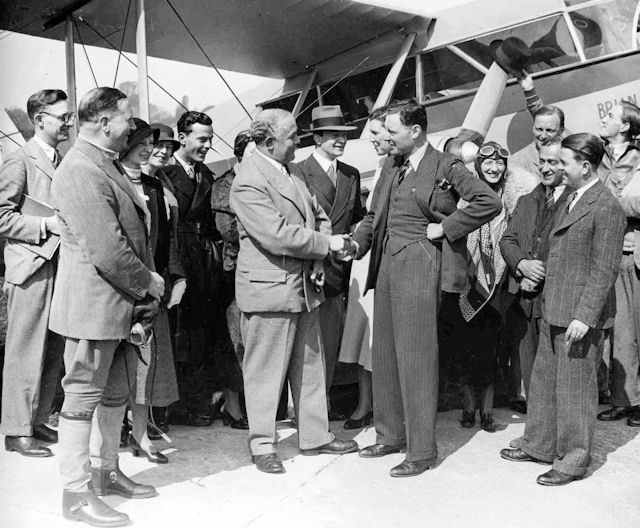
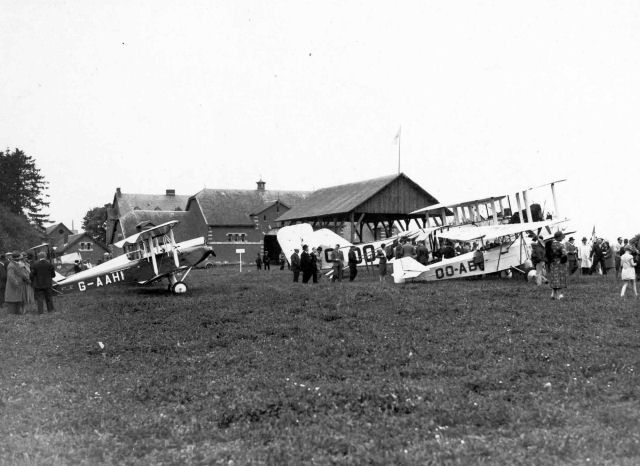

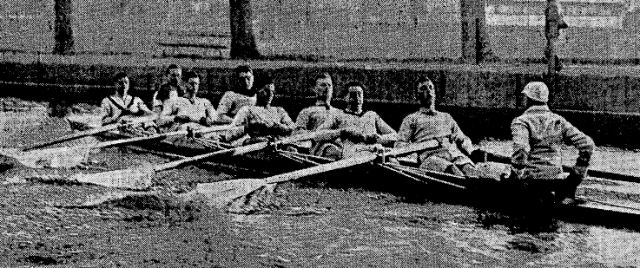
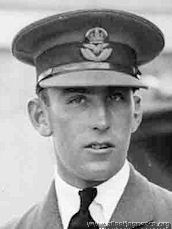 photo: 1929, aged 25
photo: 1929, aged 25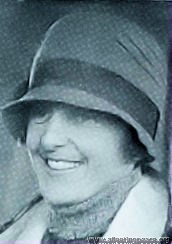
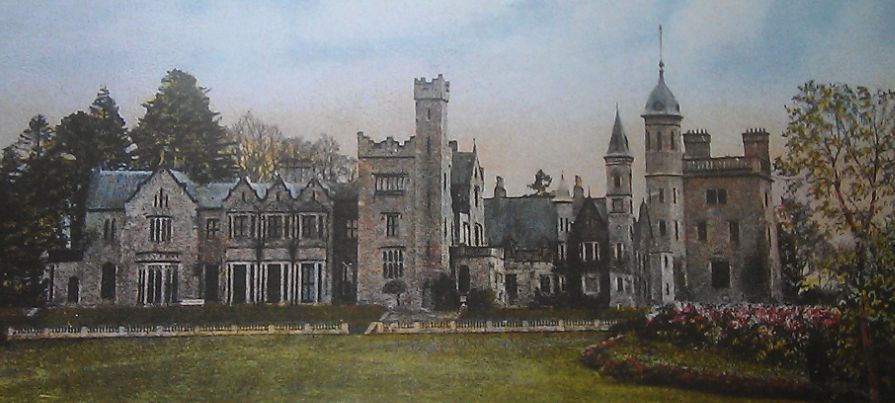 www.monaghan.ie/museum
www.monaghan.ie/museum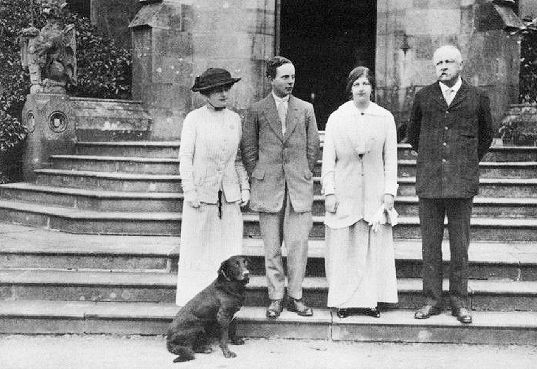 Throttle Full Open
Throttle Full Open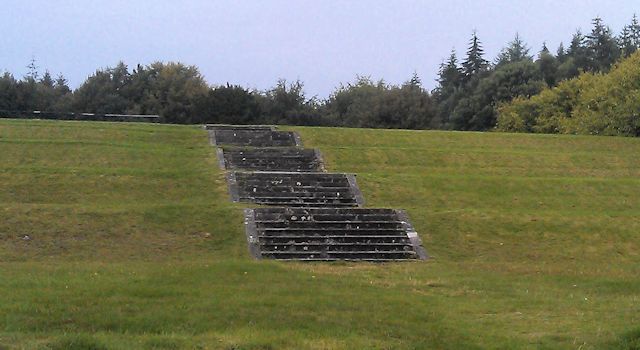
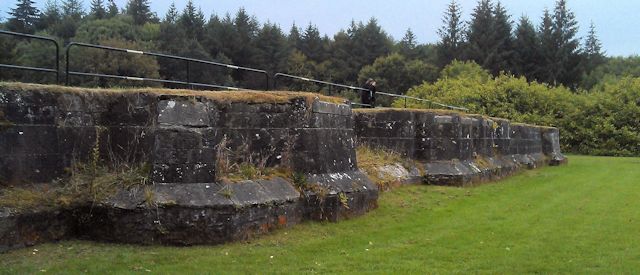
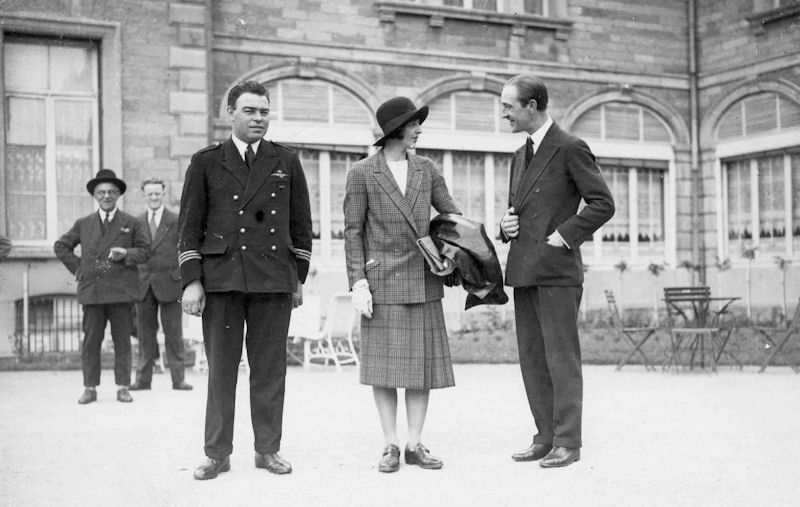
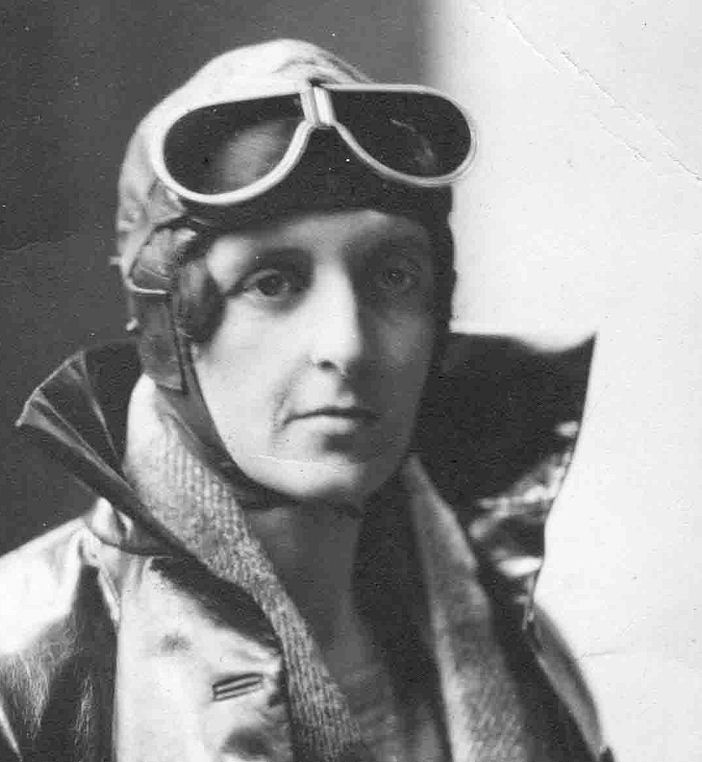
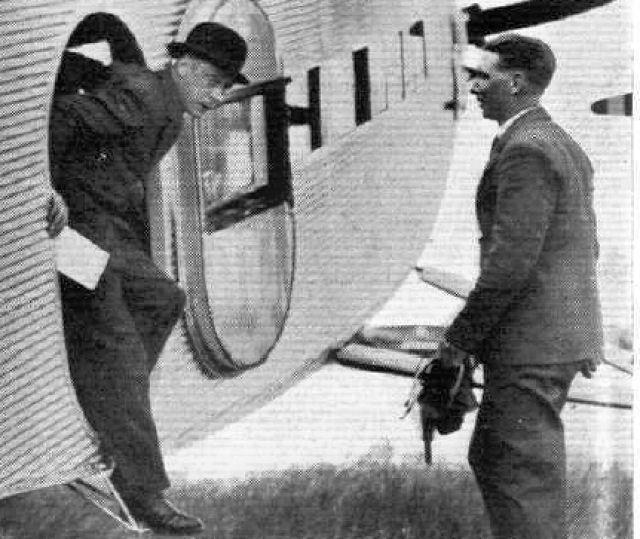 seen here with HRH the Prince of Wales, in 1931
seen here with HRH the Prince of Wales, in 1931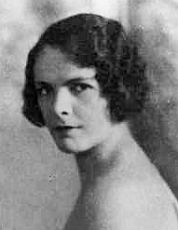 1929
1929
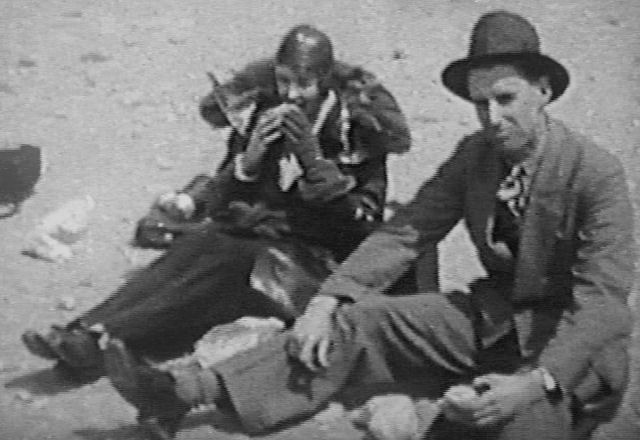
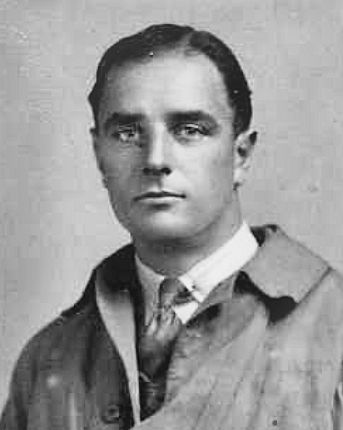 1927
1927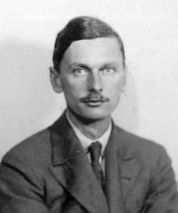
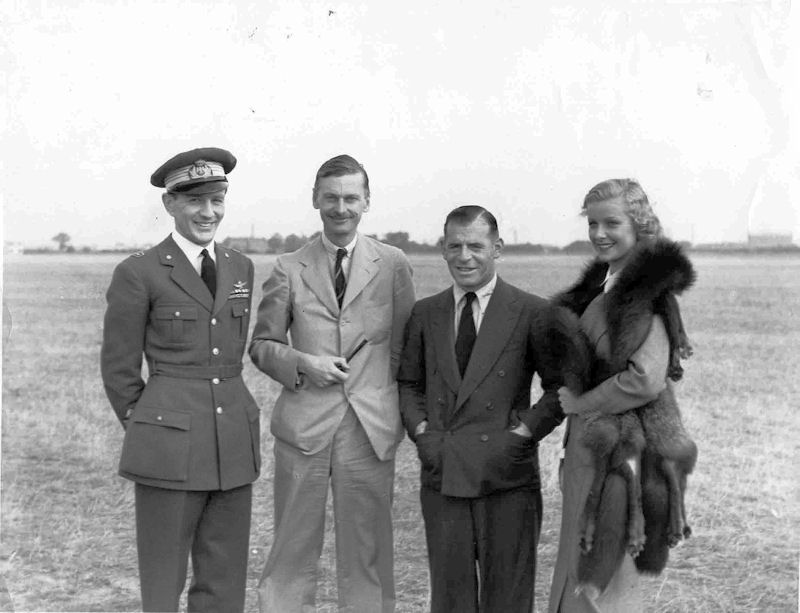
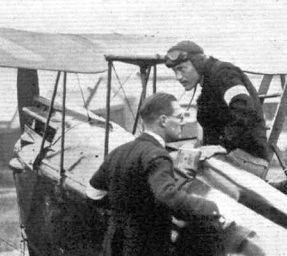 Flight, 1931
Flight, 1931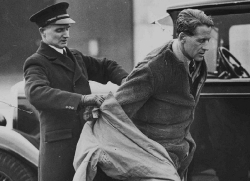
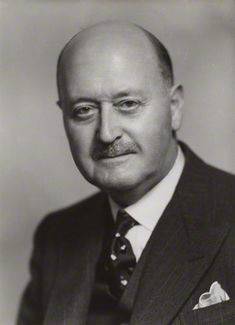
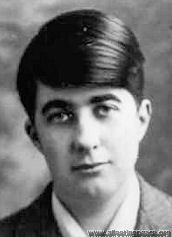 in 1927, aged 24
in 1927, aged 24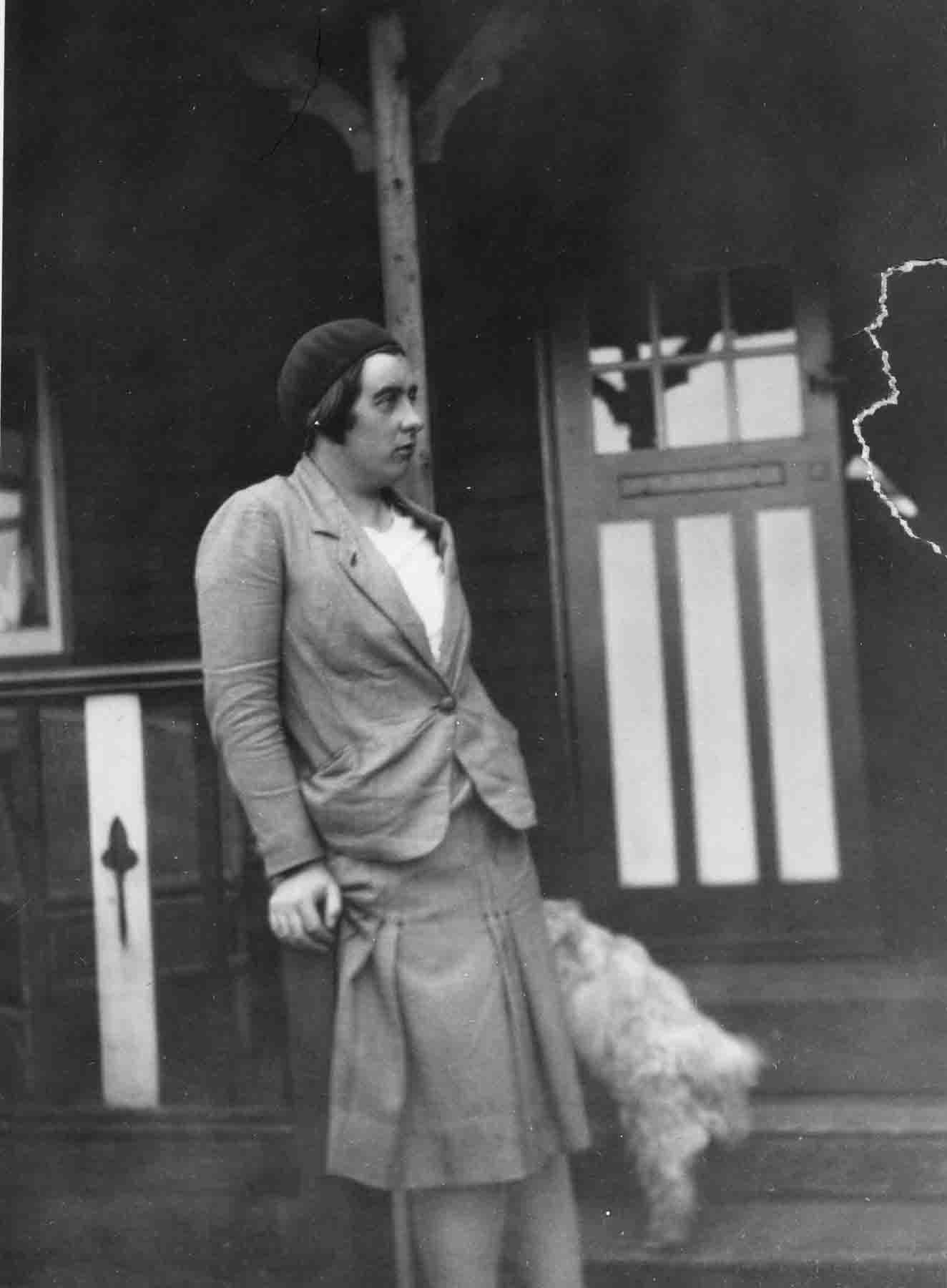
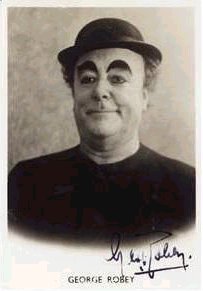
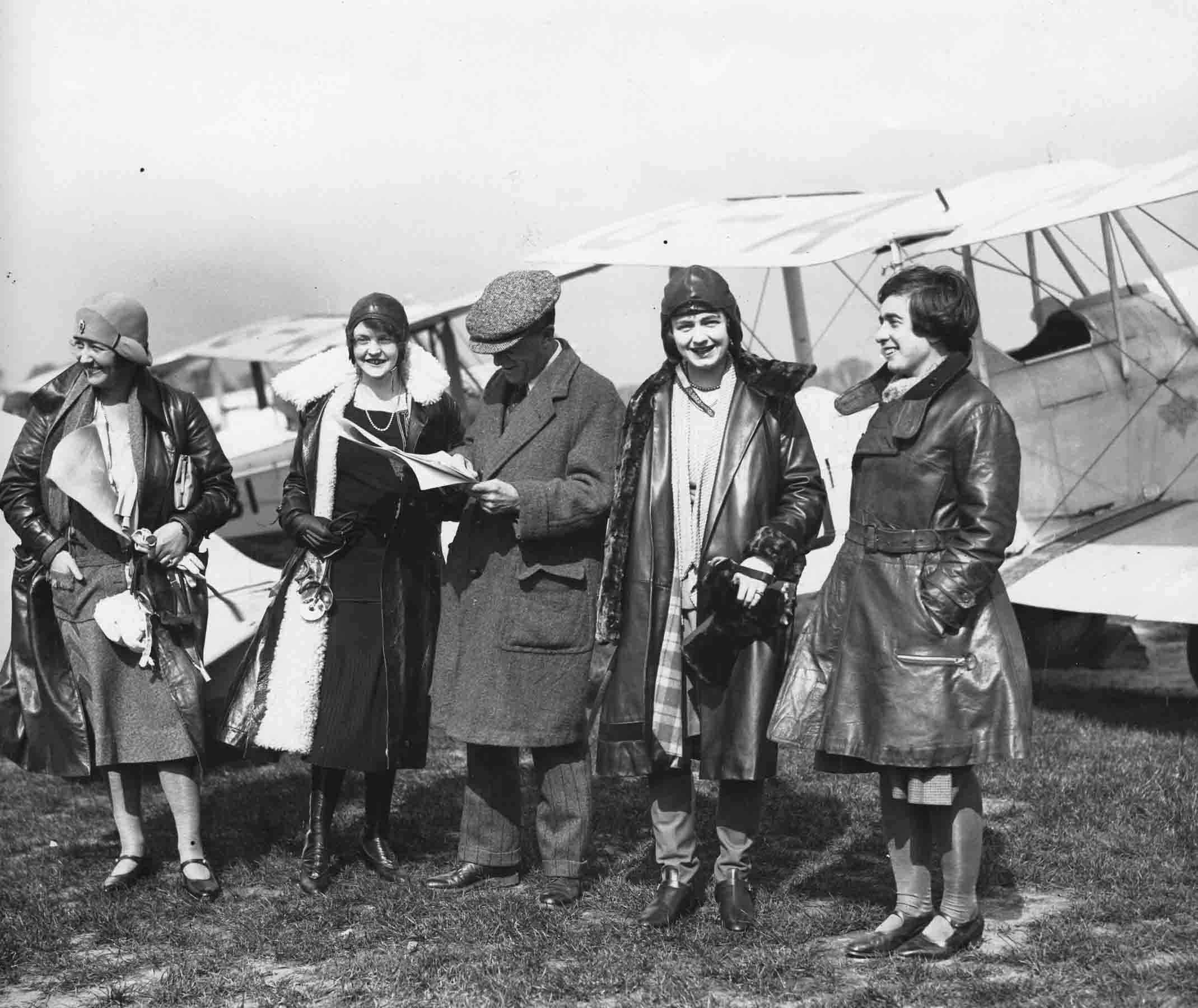
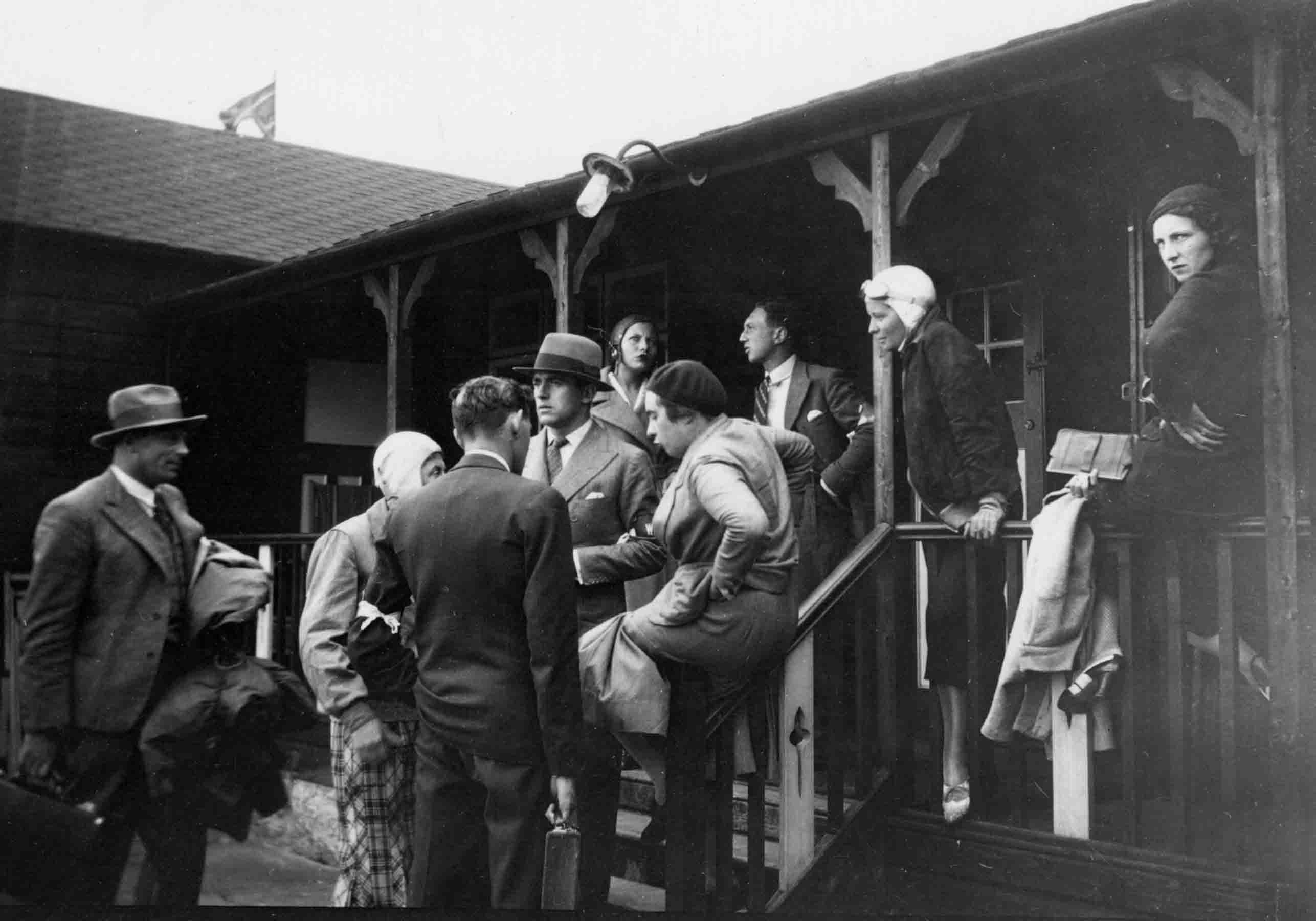
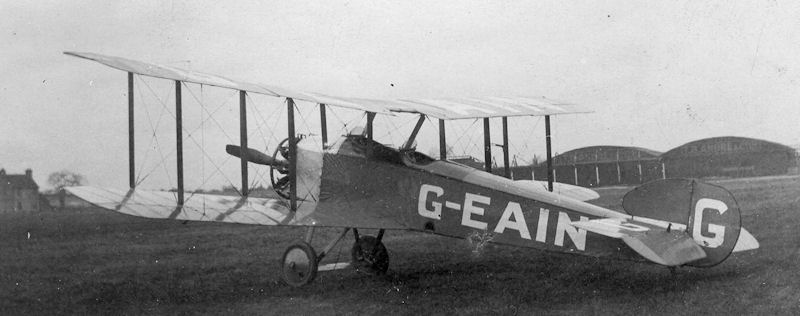 RAeC
RAeC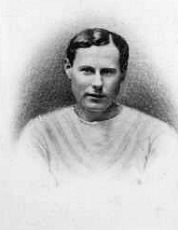
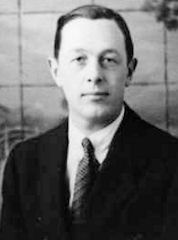
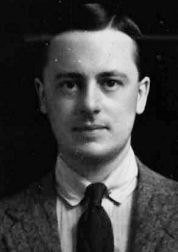
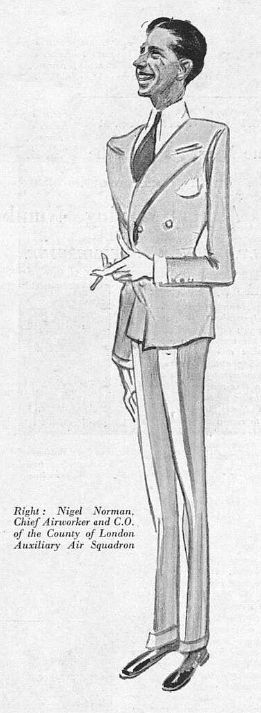 The Bystander Special Aviation Edition, 1933
The Bystander Special Aviation Edition, 1933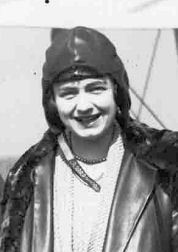
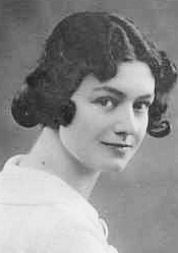
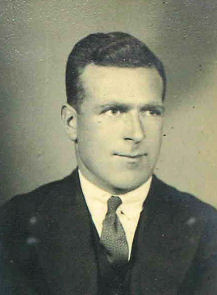
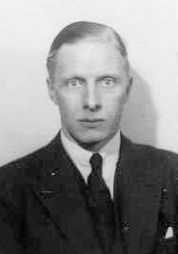
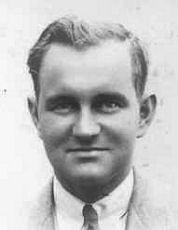
.jpg)
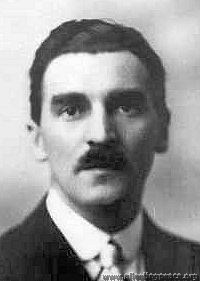
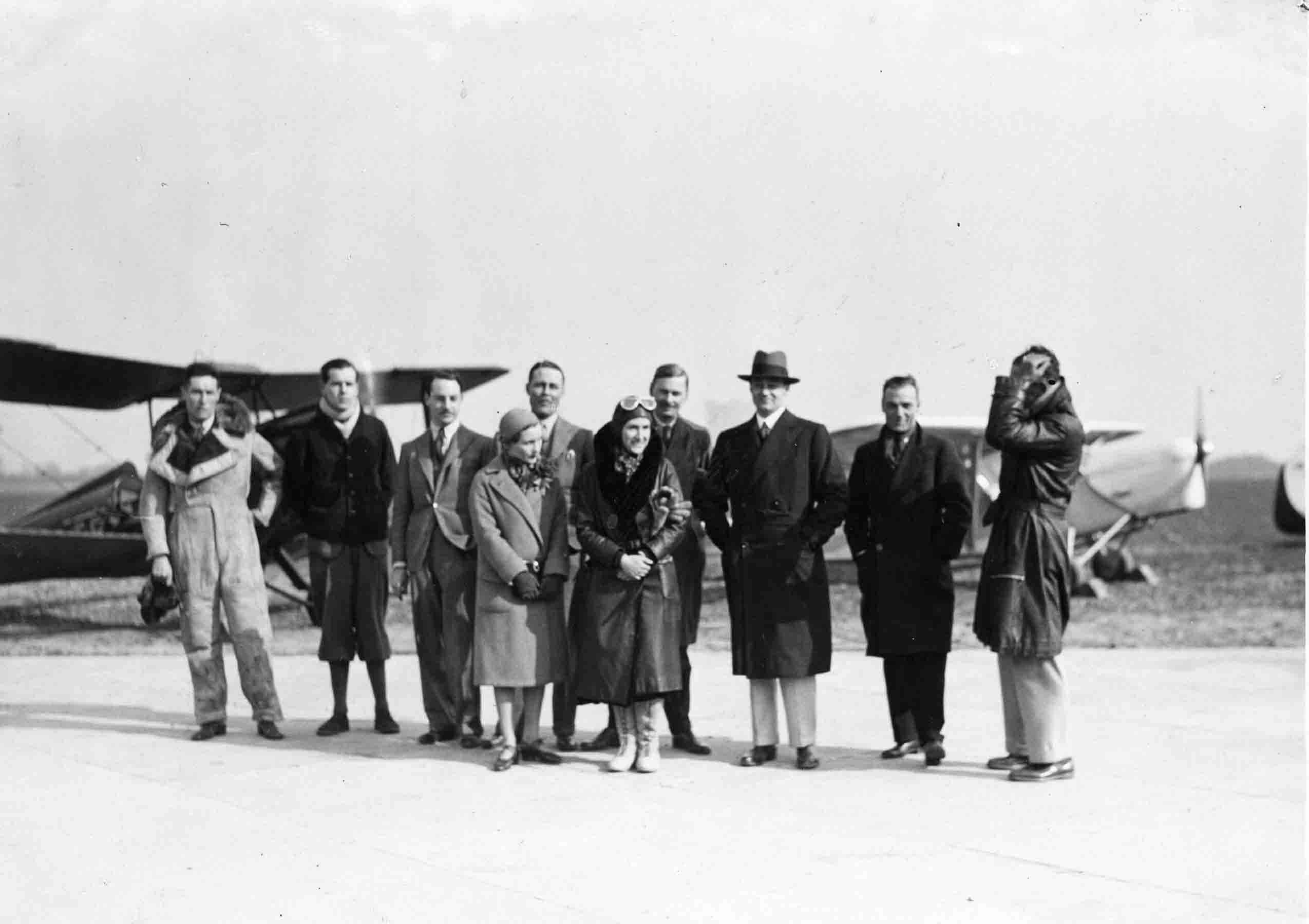 © The Royal Aero Club [0378-0025]
© The Royal Aero Club [0378-0025]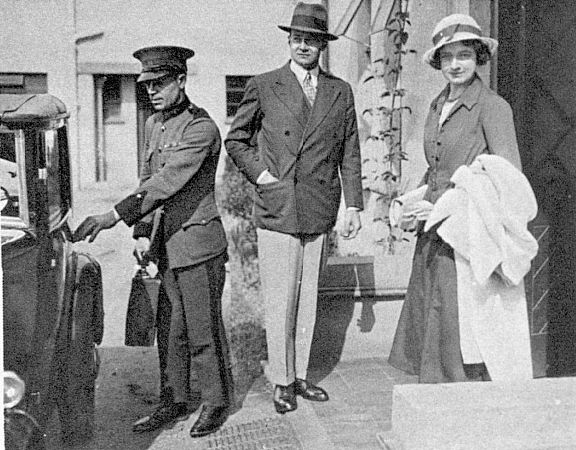
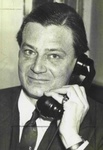
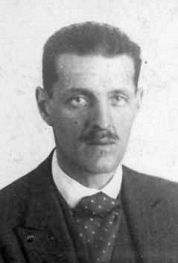
.jpg)
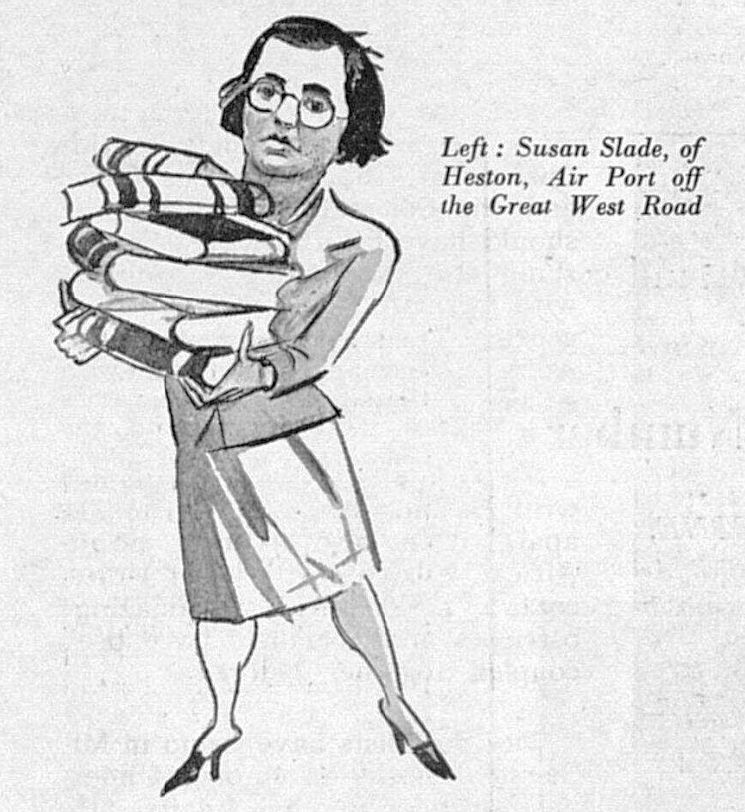
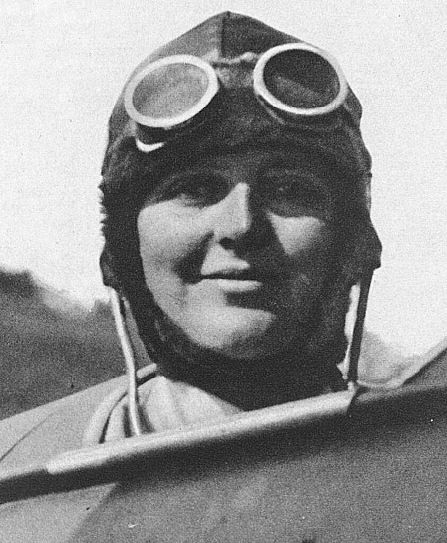 The Sketch - October 1929
The Sketch - October 1929.jpg)
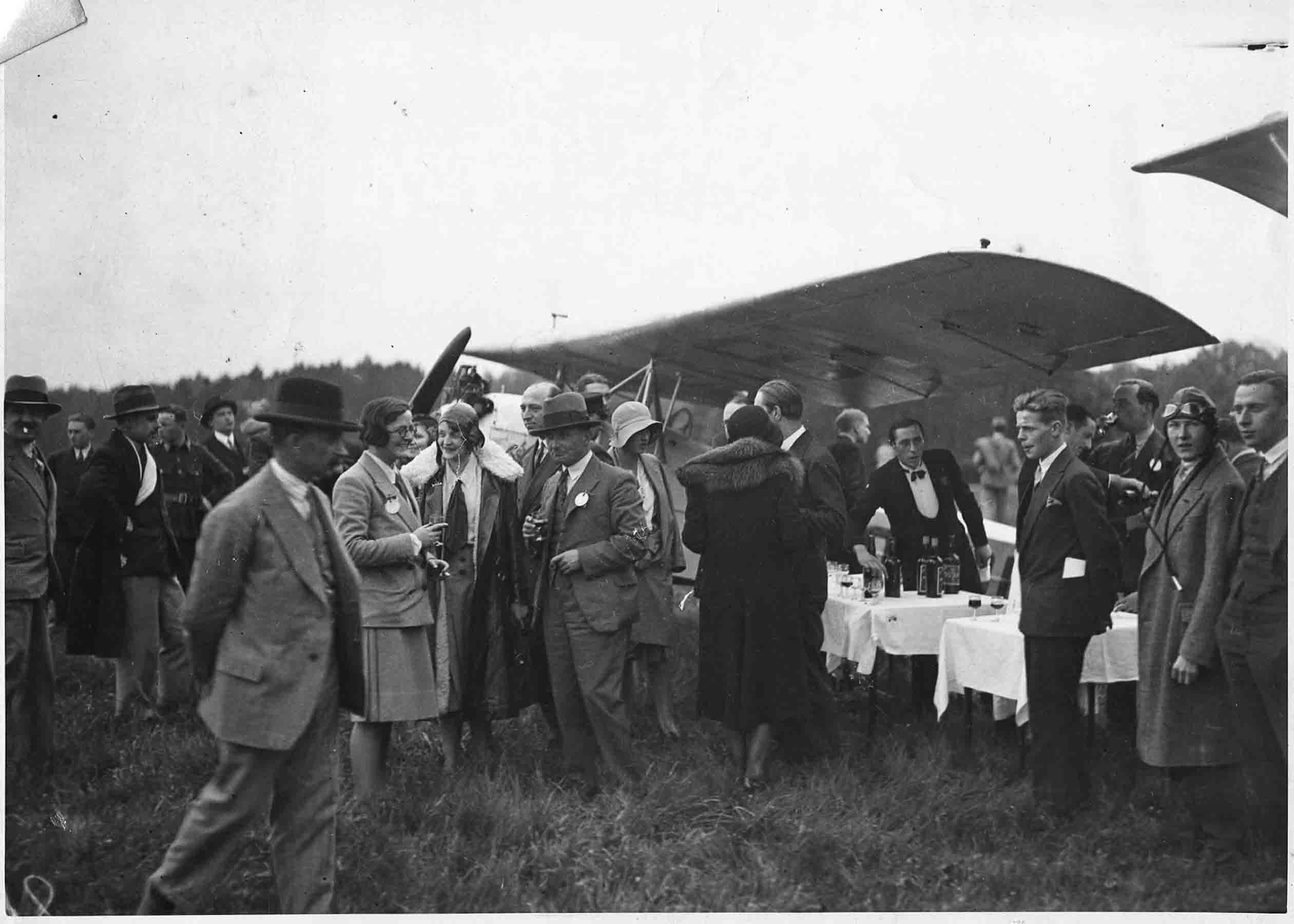
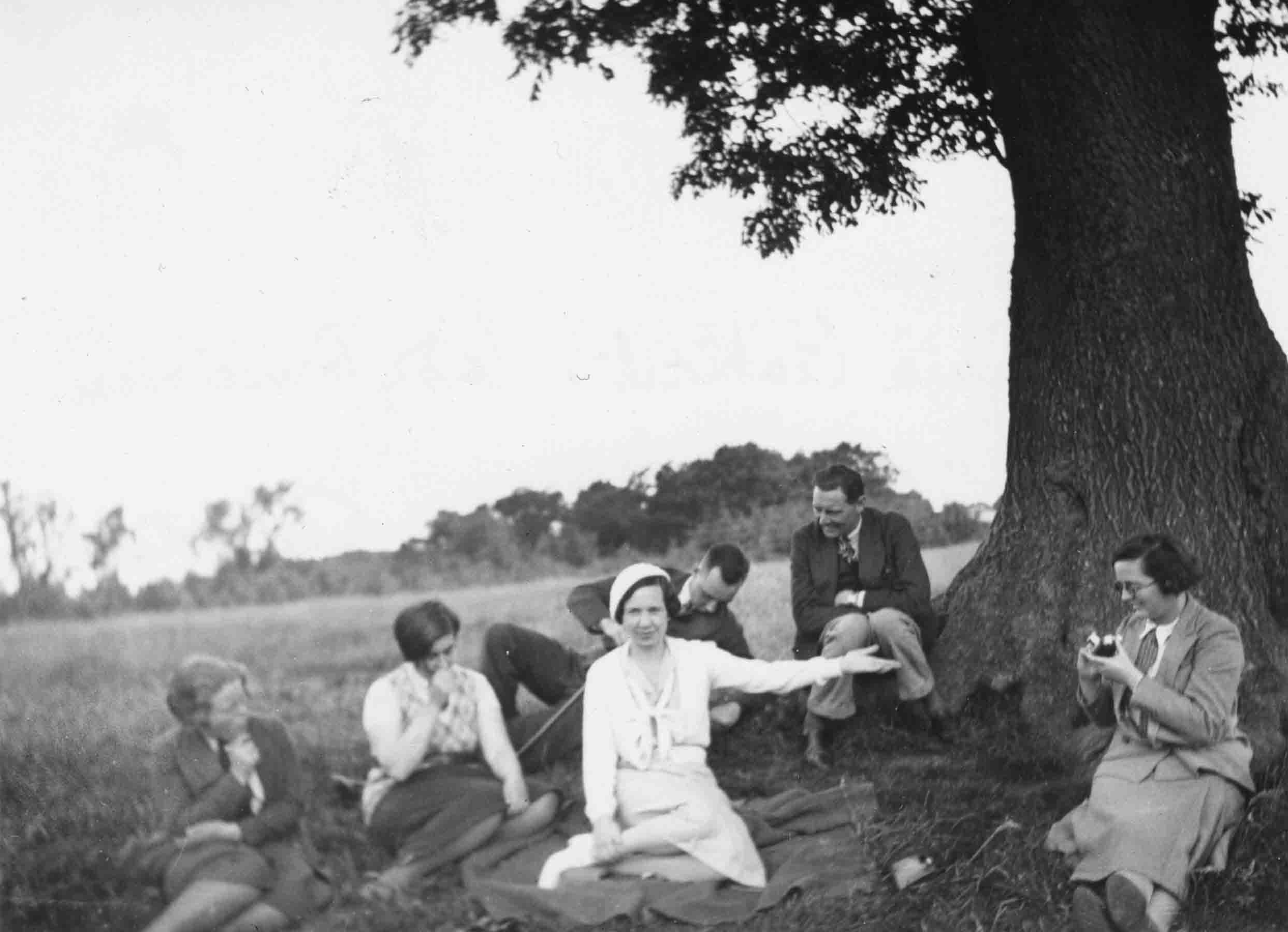
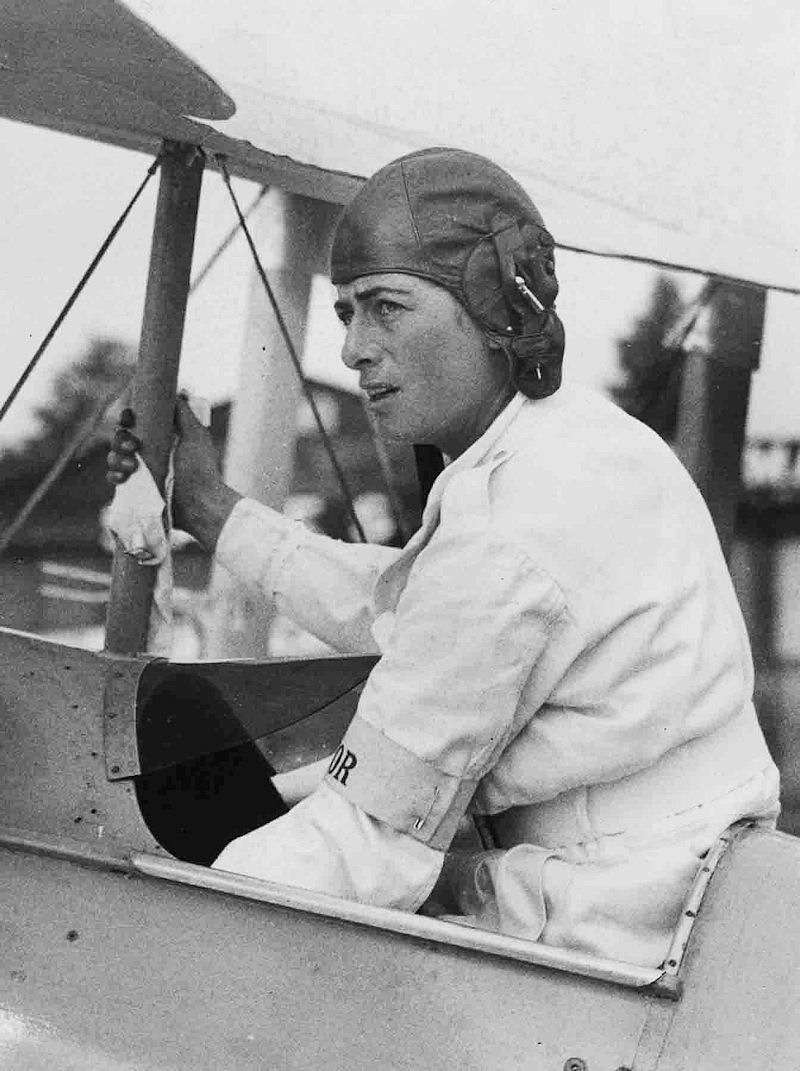
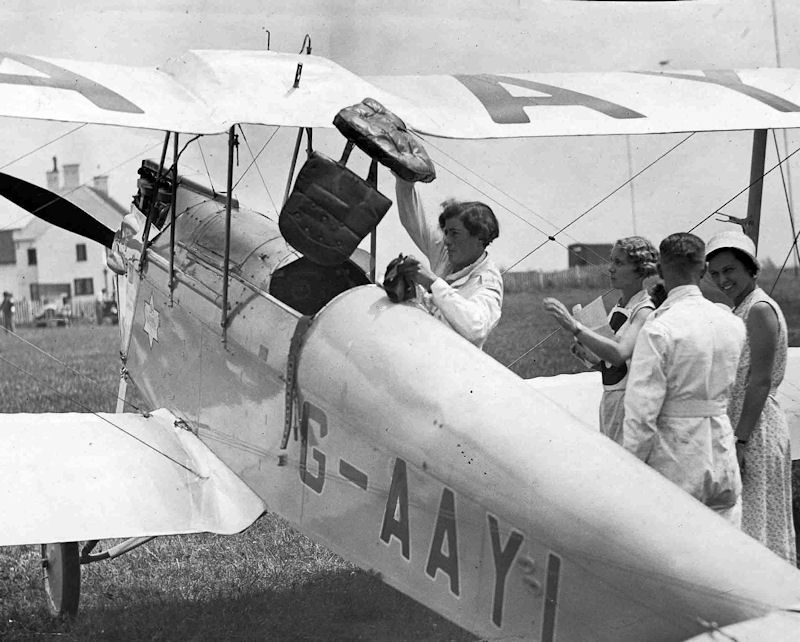
.jpg)
